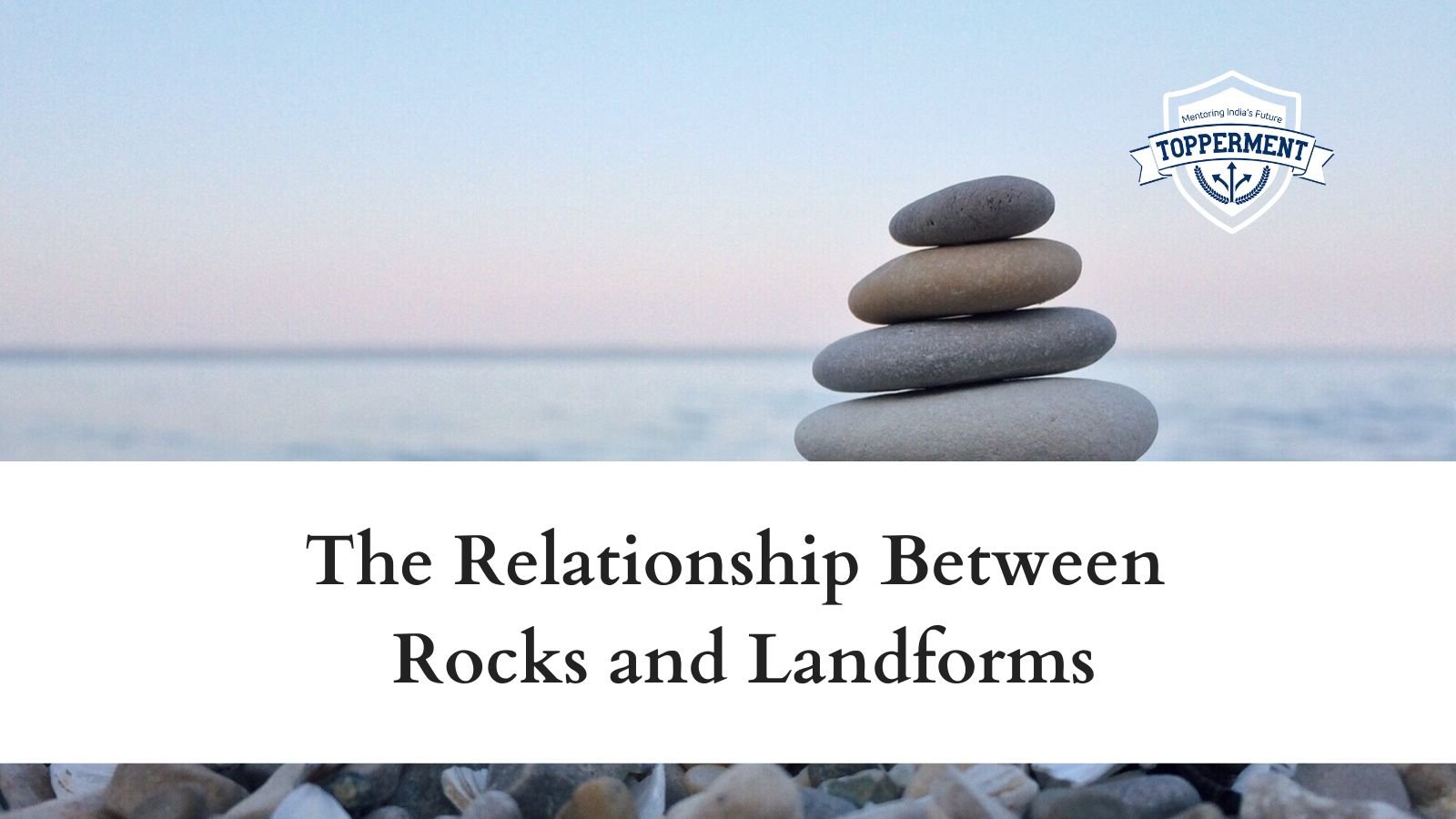Rocks and Landforms help us to understand the Earth and they give us clues about what the Earth was like in the past. Rocks and Landforms are classified into various groups that play a major role in understanding the relationship between rocks and landforms.
Rocks are a naturally occurring solid mass or combination of minerals and matter. The rocks are categorized by the minerals that are included in their chemical composition. On the other side, landforms are natural land features on the solid surface of the earth. Landforms include hills, mountains, canyons, and valleys.
Rock structures affect the landforms because there are different types of rocks that are worn down by erosion at different rates. For instance, some rock types are easily eroded, while other rocks are a bit more resistant than others and it takes time for the erosion process.
Rocks that are usually found under the valleys are weak, and the rocks that are found under the hills, and uplands are stronger. Stronger and more resistant rocks tend to produce highland areas. Whereas the weaker rocks tend to form lowlands.
If the rock allows the water to pass through there are permeable which determines how wet or dry the surface of a landscape is. For example, Limestone is a permeable rock that tends to form dry upland areas with few streams.
The coastal plains that are found along the continental margins are largely free of tectonic activities. Because the rock strata are nearly horizontal, sloping gently towards the ocean. As the sediments emerge, the streams drain the gentle slope, heading straight toward the ocean. In some regions, the rock layers are warped upward or downward.
That is where we find sedimentary domes in various places within the covered shield areas of the continents. One of the major examples of proving the relationship between the rocks and landforms is the Granite landscape in Dartmoor National park. Here there are a large number of rock outcrops also known as tors. These outcrops have been formed by a combination of freeze-weathering and hydrolysis.
The landscape consists of Granites that is a resistant, impermeable rocks. Because of the resistant nature of the granite, the drainage density is quite high. Water flows over the surface of granite rather than through it. Granite landscapes tend to be at higher altitudes because of the resistant nature of the bedrock and the V-shaped river valleys area are formed by the numerous surface streams.
The evolution of landforms refers to the stages of transformation of one landform to another. The landform goes through stages of development like youth, maturity, and old age.
The relation between the rocks and landforms helps to study the earth and how the elevated lands were formed. All landforms are composed of rocks or they are weathered by-products. The formation of landforms happens with the help of rocks, the evolution of the landforms depends on running water, groundwater, glaciers, waves, and winds.
Also Read
- Role of Science and Technology in the developing world | UPSC Science and Technology
- The Enduring Legacy Of Satavahanas | UPSC History
Follow Us For More Content On:
https://www.instagram.com/topperment/
Tag:Erosion, Geography, Granite Landscape, Hydrolysis, IAS, IFS, India, IPS, IRS, Landforms, Limestone, Polity, rocks, Solid Mass, UPSC


